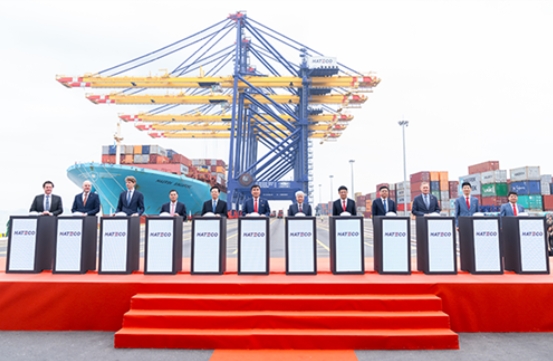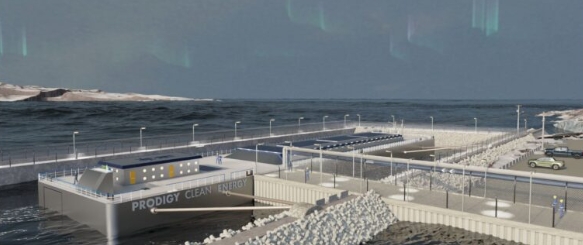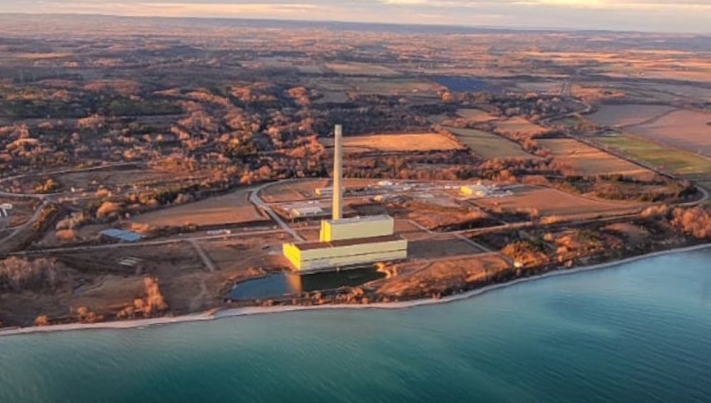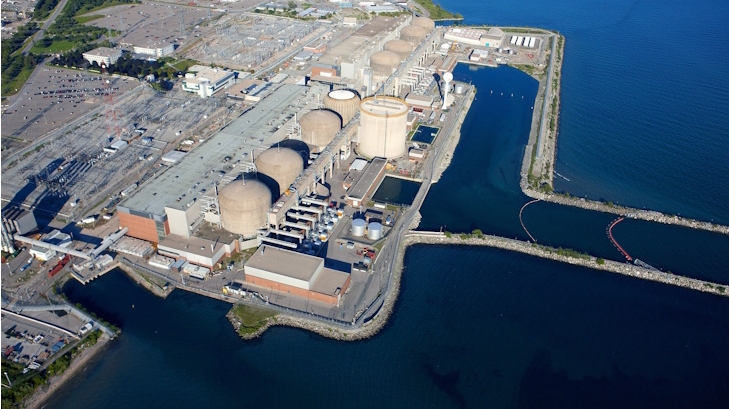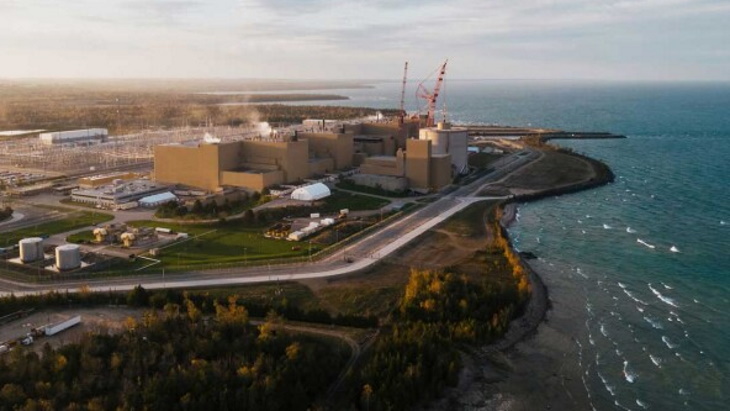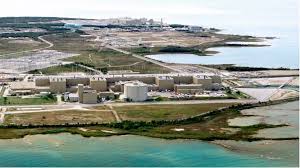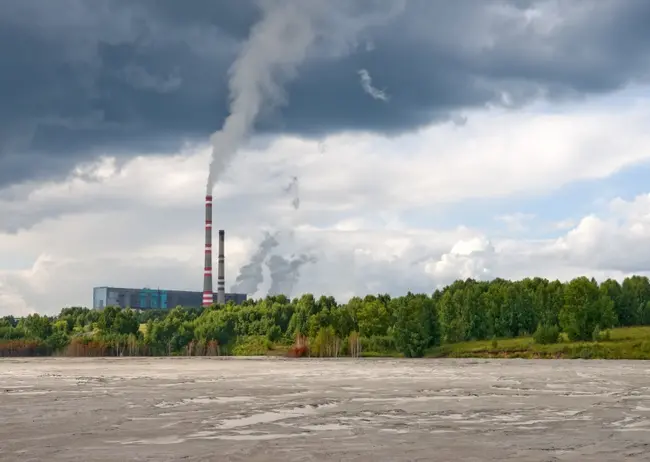
Greece is faced with ever-increasing curtailments of renewable energy production. Based on expectations from the revised National Energy and Climate Plan (NECP), an attempt will be made to deal with the issue by encouraging investment in storage.
Curtailments are projected to reach 5% of green energy production by the end of 2024 and increase further to 10% in the following year, according to participants at a recent webinar organized by the Hellenic Association of Photovoltaic Companies (HELAPCO).
The Green Tank said that in absolute terms they have increased from 308 GWh in the first four months of the year to 515 GWh through July. Despite the rise of demand in the summer season, 85 GWh still had to be curtailed in June and July.
It creates a problem not just for renewable energy producers, but also for consumers, who need every cheap electron coming from wind and solar farms to reduce their costs.
Professor Pantelis Biskas from the Aristotle University of Thessaloniki (AUTH) estimates that by 2030 curtailments will affect 15% to 16% of wind power capacity and 20% of photovoltaics.
Revised NECP to set storage goal
The obvious solution is energy storage and the revised NECP is expected to provide visibility for more investments. Biskas said storage must reach 7 GW to 8 GW by 2030 to reduce curtailments to just 2% to 4% and keep energy costs low for consumers. The system requires both batteries and pumped storage hydropower plants.
The exact goal for storage in the final NECP is not yet known. The plan is expected to be submitted for public consultation within the next few weeks by the Ministry of Environment and Energy.
It should be added that Greece has already moved forward with its first 1,000 MW of battery storage systems. So far two auctions have taken place successfully and the first projects are expected to be completed in 2025.
The ministry is still preparing Greece’s third subsidy auction for standalone batteries. The deadline for submissions should apparently be set for early September. Facilities with a four-hour duration can qualify, while the requirement was two hours in the first two rounds. The quota would be 300 MW.
